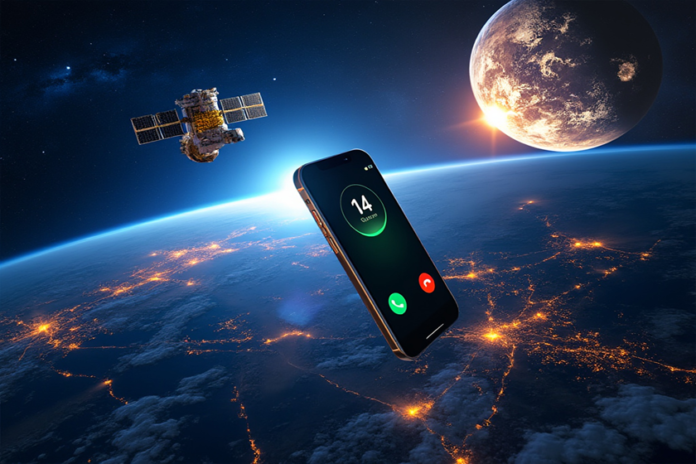The Montana Lottery has announced several exciting changes to the Montana Millionaire event for 2024, aimed at building on the success of previous years and incorporating feedback from players and sales agents.
The most significant change is the addition of another million-dollar grand prize, bringing the total to four $1 million prizes.
This increase follows last year’s expansion to three $1 million prizes. To accommodate the growing popularity of the event, the number of available tickets will be increased to 500,000, up from 380,000 in 2023. Despite these changes, the ticket price will remain at $20.
In place of the former “Early Bird” drawings, the Montana Lottery is introducing a “Quarter Million Monday” drawing. This new feature will offer a $250,000 prize and is scheduled for December 2, 2024.
Players will have even more chances to win instantly in 2024:
- 200 additional $500 instant win prizes.
- 2,500 more $100 instant win prizes.
Ticket Sales and Drawing Date
Montana Millionaire tickets will go on sale on November 1, 2024. The grand prize drawing is typically held during the last week of the year, between Christmas and New Year’s Eve.
These changes came about in response to the increasing popularity of Montana Millionaire. In 2023, all 380,000 tickets sold out in just five hours, demonstrating the high demand for the event.
The modifications to the Montana Millionaire event for 2024 are designed to enhance the experience for participants while responsibly managing the growth of this popular lottery game.
The Montana Lottery was created by a citizen’s referendum in 1986. Since then, it has paid over $1.06 billion in prizes and returned approximately $361.3 million to the State of Montana and $104.5 in sales agent commissions.
In 1995 the state legislature passed SB 83, which redirected lottery revenue earmarked for the Superintendent of Public Instruction to the General Fund as “part of a larger bill simplifying revenue allocations throughout state government.” – wikipedia





Executive orders are not legislation in the traditional sense
Executive orders are not legislation in the traditional sense, but they do have the force of law under certain circumstances.
Here are the key points to understand about the legal status of these kinds of orders:
Legal Authority
Executive orders derive their authority from two main sources:
Force of Law
Executive orders have the force of law when they are:
Limitations
While these orders can have legal effect, they are subject to important limitations:
Differences from Legislation
Unlike laws passed by Congress, executive orders:
Judicial Review
Like statutes and regulations, executive orders are subject to judicial review. Courts may overturn these orders if they:
While executive orders are not identical to congressional legislation, they do carry legal weight within the scope of presidential authority and can significantly impact federal operations and policy implementation. Their status as “law” is contingent on their adherence to constitutional and statutory limits.
Notable examples of executive orders that have been overturned by courts:
Franklin D. Roosevelt Era
In 1935, the Supreme Court struck down five of President Franklin D. Roosevelt’s executive orders related to the National Industrial Recovery Act.
This included:
The Court found these orders unconstitutional as they exceeded the president’s authority.
Harry Truman’s Steel Seizure
In the landmark 1952 case Youngstown Sheet & Tube Co. v. Sawyer, the Supreme Court invalidated Executive Order 10340 issued by President Truman.
This order had directed the Secretary of Commerce to seize and operate most of the country’s steel mills during the Korean War. The Court ruled that Truman lacked the constitutional or statutory authority to seize private property in this manner.
Bill Clinton’s Labor Order
In 1995, a federal appeals court overturned Executive Order 12954 issued by President Bill Clinton.
This order had attempted to prevent the federal government from contracting with organizations that employed strike-breakers. The court ruled that the order conflicted with the National Labor Relations Act.
Donald Trump’s Travel Ban
Parts of President Trump’s Executive Order 13769, which temporarily banned entry to the U.S. for citizens of several Muslim-majority countries, were initially stayed by federal courts in 2017.
However, in 2018, the Supreme Court ultimately upheld a revised version of the travel ban in Trump v. Hawaii.
Other Examples
These cases demonstrate that while executive orders can be powerful tools for presidents, they are subject to judicial review and can be overturned if found to exceed presidential authority or violate existing laws.